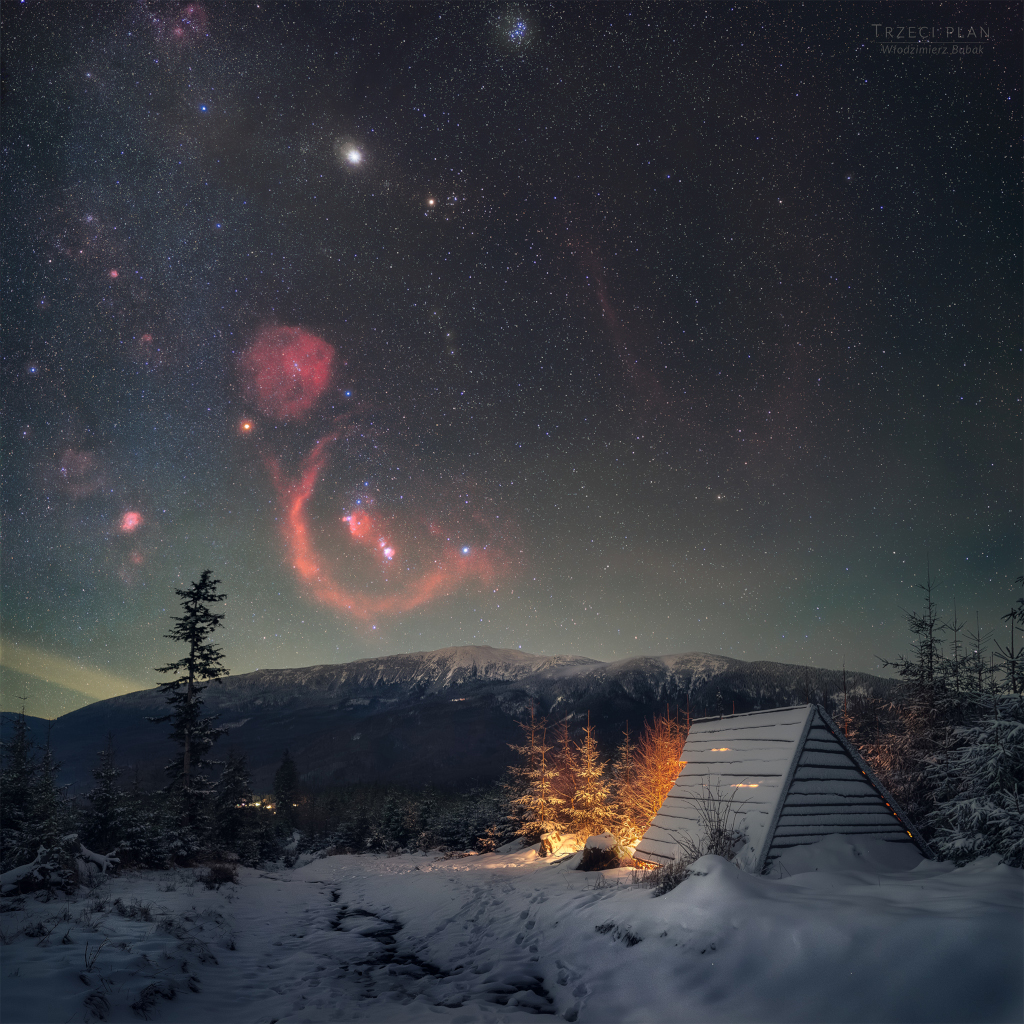2024 December 31
Image Credit: NASA, ESA, Hubble; Processing: Alexander Reinartz
Explanation: What do you think this is? Here’s a clue: it's bigger than a bread box. Much bigger. The answer is that pictured NGC 4753 is a twisted disk galaxy, where unusual dark dust filaments provide clues about its history. No one is sure what happened, but a leading model holds that a relatively normal disk galaxy gravitationally ripped apart a dusty satellite galaxy while its precession distorted the plane of the accreted debris as it rotated. The cosmic collision is hypothesized to have started about a billion years ago. NGC 4753 is seen from the side, and possibly would look like a normal spiral galaxy from the top. The bright orange halo is composed of many older stars that might trace dark matter. The featured Hubble image was recently reprocessed to highlight ultraviolet and red-light emissions.









